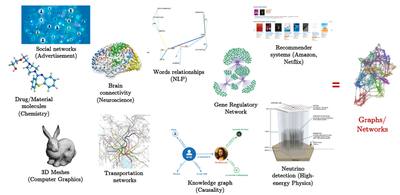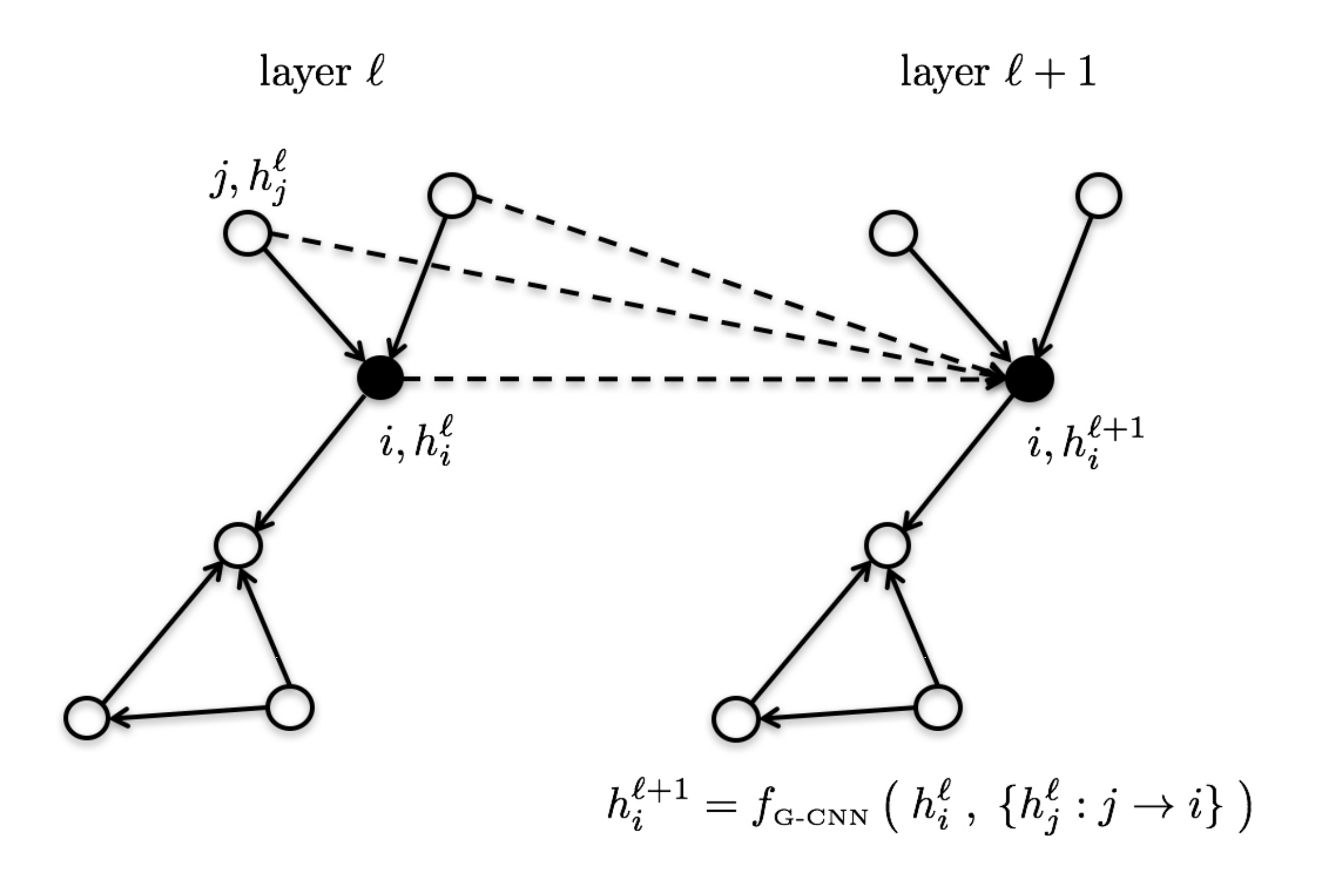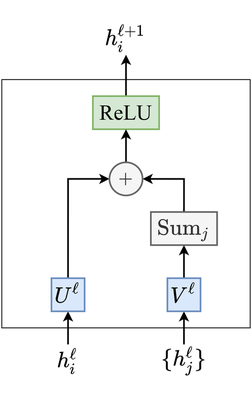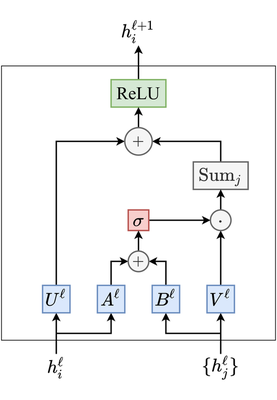Spatial Graph Convolutional Networks
An introduction to deep learning on graphs and geometric data with Graph Neural Networks.
 Photo by Alina Grubnyak
Photo by Alina GrubnyakNon-Euclidean and Graph-structured Data
Classic deep learning architectures such as Convolutional Neural Networks (CNNs) and Recurrent Neural Networks (RNNs) require the input data domain to be regular, such as 2D or 3D Euclidean grids for Computer Vision and 1D lines for Natural Language Processing.
However, real-world data beyond images and language tends to an underlying structure that is non-Euclidean. Such complex data commonly occurs in science and engineering, and can be modelled intuitively by heterogeneous graphs. Prominent examples include graphs of molecules, 3D meshes in computer graphics, social networks and biological networks.

Graph Neural Networks
Obtaining insights from large and complex graph-structured datasets leads to an interesting challenge for machine learning architectures: The popular CNN and RNN models need to be redesigned for handling non-Euclidean data, as they cannot leverage familiar regularities such as coordinate systems, vector space structure, or shift invariance.
Graph/Geometric Deep Learning is an umbrella term for emerging techniques attempting to generalize deep neural networks to non-Euclidean domains such as graphs and manifolds [Bronstein et al., 2017].
These Graph Neural Network (GNN) architectures are used as backbones for challenging domain-specific applications in a myriad of domains, including chemistry, social networks, recommendations and computer graphics.
Basic Formalism
Each GNN layer computes

Let
Thus, the most generic version of a feature vector
Classes of GNN Architectures
In other words, a GNN is defined by a mapping
As an illustration, here’s a simple-yet-effective Graph ConvNet from Sukhbaatar et al., 2016:
In our recent paper on benchmarking GNN architectures, we introduced block diagrams to intuitively describe feature update equations such as the one above:

Anisotropic GNNs
As graphs have no specific orientations (like up, down, left, right directions in images), message-passing layers such as Sukhbaatar’s Graph ConvNet are isotropic, treating all neighbors as equally important. However, this may not be true in general, e.g., in social network graphs, neighbors in the same community share different relationships and information compared to neighbors from separate communities.
Isotropic GNNs can be upgraded to make the diffusion process anisotropic through mechanisms which learn to weigh neighbors based on their relative importance. For example, Marchegiani and Titov, 2017 upgrade Graph ConvNets by introducing edge gating for learning information flow on the graph structure for the task at hand:

Other prominent approaches to introduce anisotropy into GNNs include GAT, which uses the attention mechanism from NLP, as well as MoNet, which relies on gaussian mixture models of graph connectivity.
Through our benchmark as well as my work on neural combinatorial optimization, we found anisotropic aggregation to be a key property for developing powerful GNNs.
Yann LeCun recently shared our work!
Graph neural net benchmarks with repo. https://t.co/JOU0L1CctM
— Yann LeCun (@ylecun) March 3, 2020